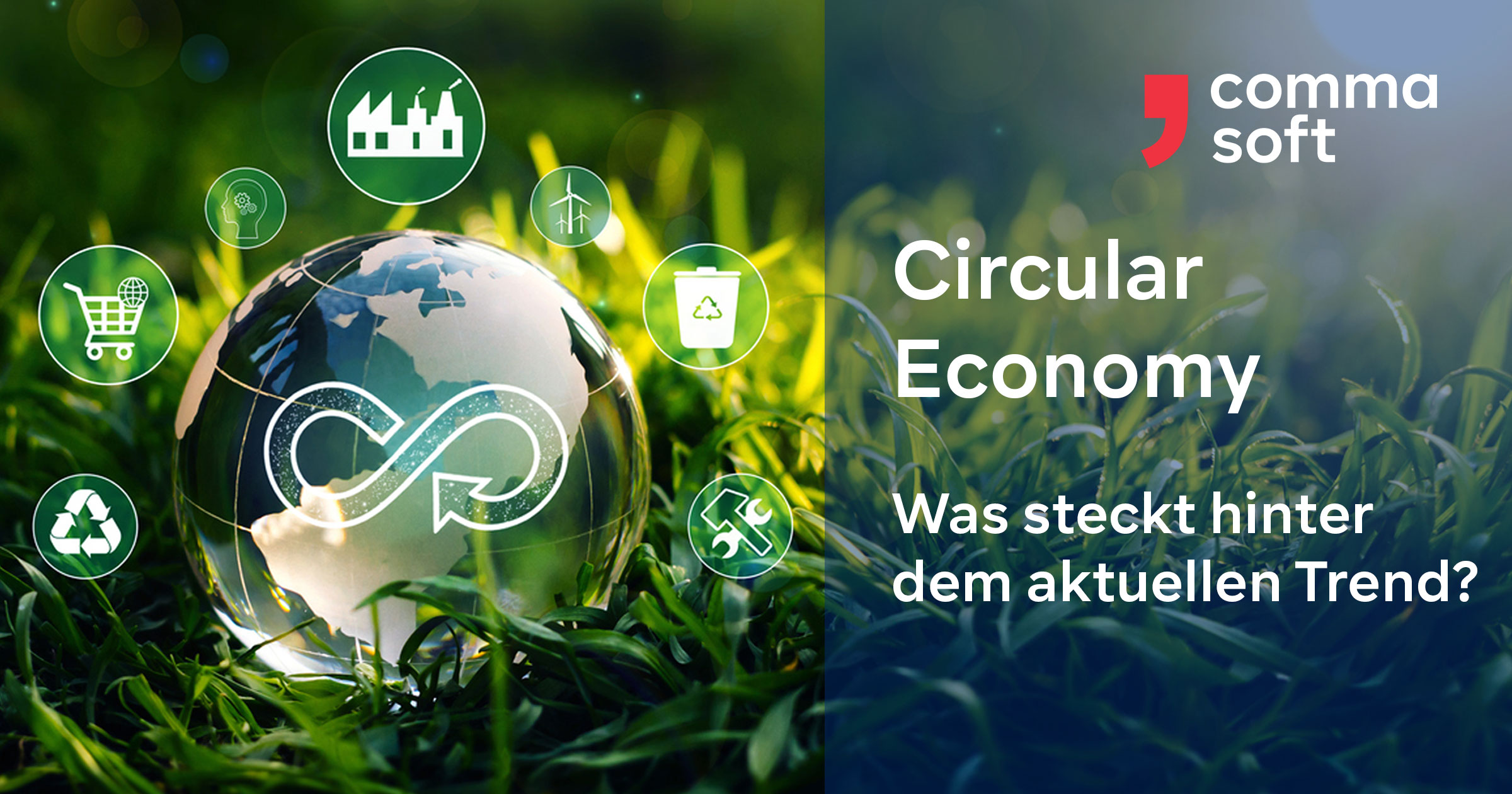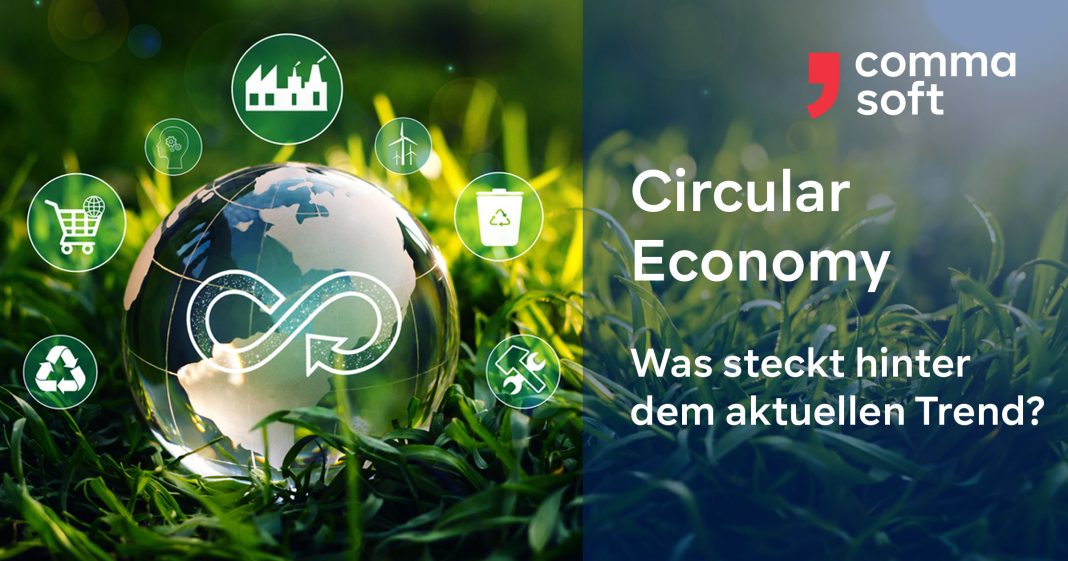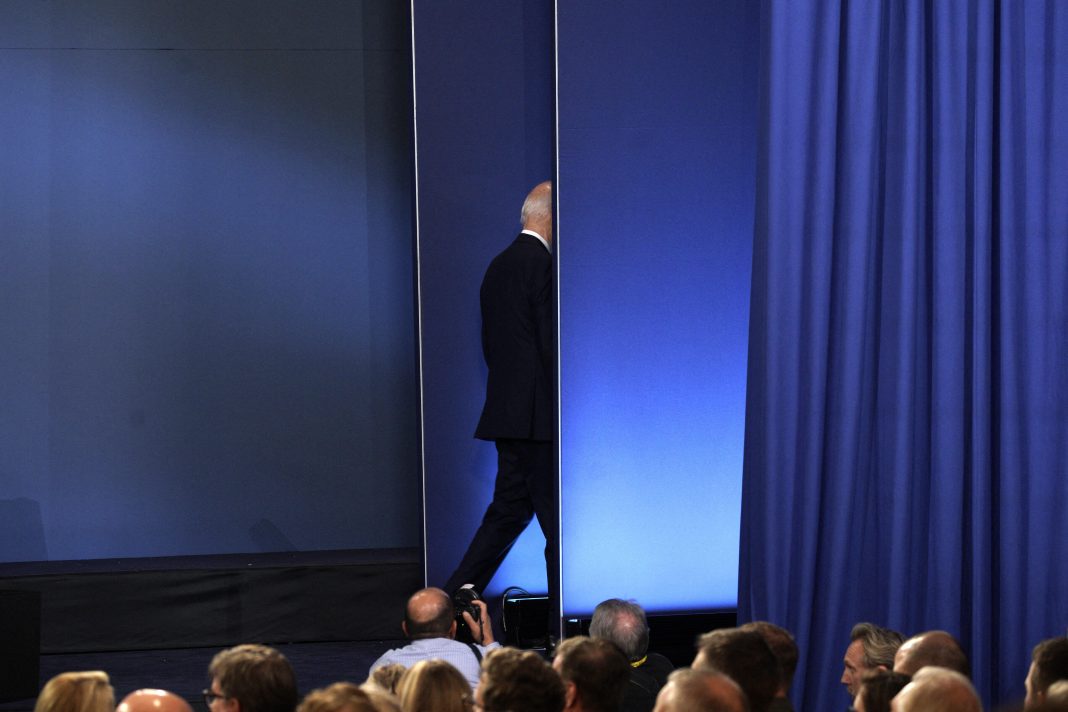 China’s economy is undergoing a transformation as it seeks to shift away from traditional growth drivers and towards innovation, technology, research, and domestic consumption. This shift is crucial for both the economy and the credibility of the Chinese Communist Party (CCP). However, there are concerns about whether this strategy will work and if it can offset the decline in other sectors.
China’s economy is undergoing a transformation as it seeks to shift away from traditional growth drivers and towards innovation, technology, research, and domestic consumption. This shift is crucial for both the economy and the credibility of the Chinese Communist Party (CCP). However, there are concerns about whether this strategy will work and if it can offset the decline in other sectors.
During the recently completed Third Plenum of the CCP, party officials reasserted their commitment to this new development framework. However, details were scarce, and it remains to be seen how these economic policies will be implemented. Tang Fangyu, a deputy director within the CCP’s policy research office, acknowledged that there are complex conflicts and obstacles to overcome in pushing forward with Chinese-style modernization.
The success of China’s economy relies heavily on domestic consumption as a key driver. However, household consumption has been disappointing so far. Retail sales growth in the first half of 2024 was only 3.7 percent, while disposable income per capita grew 5.4 percent during the same period. Chinese consumers have been saving rather than spending, with retail sales increasing by only 2 percent year-over-year in June.
There are several reasons why consumption is lagging in China. One major issue is the relatively low levels of household income and extreme income inequality. Simply reducing savings rates is unlikely to significantly boost overall spending, especially among lower-income households. Even high earners are tightening their purse strings, as seen in the sharp drop in demand for luxury goods in China.
Manufacturing and exports have temporarily boosted the Chinese economy in 2024, but this could be short-lived. There is bipartisan support in the United States for increasing tariffs on Chinese goods, with former President Donald Trump even suggesting a flat 60 percent tariff on all Chinese-made goods if he returns to the White House. The Biden administration has kept some of Trump’s tariffs intact and increased tariffs for certain sectors, indicating ongoing pressure on China. Goldman Sachs estimates that a 60 percent tariff could cut Chinese GDP by 2 percent-points.
Overall, the efforts to reshape China’s economy are facing significant challenges. The success of this transformation will depend on overcoming obstacles, boosting domestic consumption, and navigating the potential impact of increased tariffs. It remains to be seen whether China can achieve its goals and maintain economic stability in the face of these challenges.


